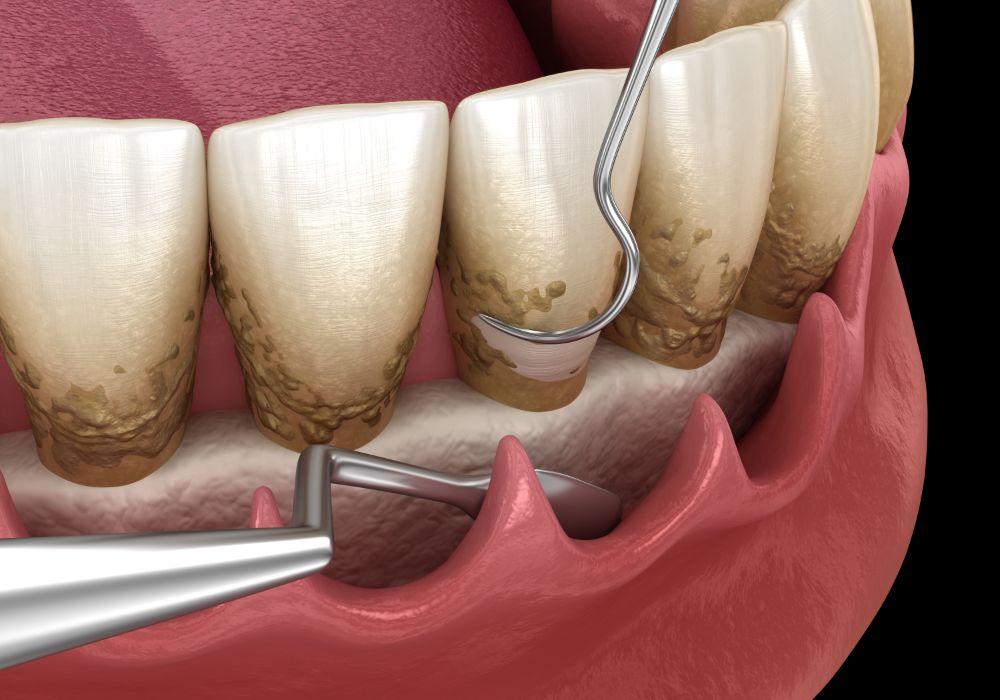Statistics show that periodontal disease affect half of the American population in the 30 years old and above demographic. When one suffers from this condition, consequences include the need for dentures, tooth loss, and other health issues. This severe problem need to be addressed immediately and has to be treated right away, regardless of who it affects. In order to do that, one must be familiar with the different stages of the disease.
Stage 1 – Gingivitis
This is the stage when periodontal disease can be reversed, because it is when the disease has not attacked the bones yet. It results from plaque buildup around the teeth, but cannot be detected at once unless pain is felt or symptoms show up. It is for this reason that one must worry about their teeth’s overall health. You can watch out for signs like swelling and red gums, gum bleeding either when brushing or flossing, and bad breath. The secret is to undergo regular checkups and observe good oral hygiene in order to reverse the situation.
Stage 2 – Slight Periodontal Disease
Periodontal disease progresses to this stage when gingivitis is not prevented. At this time, the condition may be manageable but is no longer reversible. This is the point when the infection has already affected the bone, thus destroying it in the long run. The bacteria becomes even more aggressive with slight periodontal disease, and may result in additional tooth loss. Signs to be wary about at this stage are the same as those experienced with gingivitis, but with some probing depths that can reach up to five millimeters at the most.
Stage 3 – Moderate Periodontal Disease
Since slight periodontal disease can no longer be reversed, you must expect the same if you are already suffering from the moderate stage. At this point, probing depths already reach up to seven millimeters. This is the reason behind why more bacteria seem to attack the bones, and at the worse, can affect your immune system and bloodstream as well. Periodontal disease treatment for this stage (including that of stage two) involve root planning and scaling. This process of deep cleaning will remove bacteria deposits that are deeply rooted in the gums. Ignoring this condition will lead to gum sensitivity, teeth shifting, increased bleeding, and bone and tooth loss.
Stage 4 – Advanced Periodontal Disease
This is common when the infection deepens and the spread of bacteria worsens. This places you under the risk of bone loss. By this time, your red and swollen gums already ooze pus. You will feel extra sensitive to cold thus resulting in severe halitosis, painful chewing, and loosening of teeth. The treatment options when you have advanced to this stage are periodontal disease therapy or periodontal surgery. This involves deep cleaning the teeth to reach bacteria that has filled teeth pockets. If you will not have the condition treated, you will experience spacing between the teeth, and serious health problems.
If you already notice signs of periodontal disease, you should immediately visit your dentist. It is important to undergo regular checkups so that the dental practitioner will be able to detect early symptoms of gingivitis.

